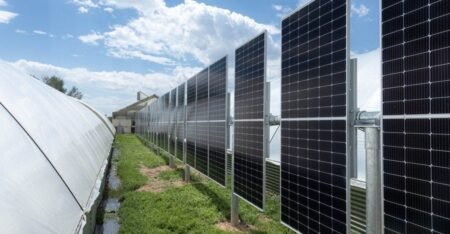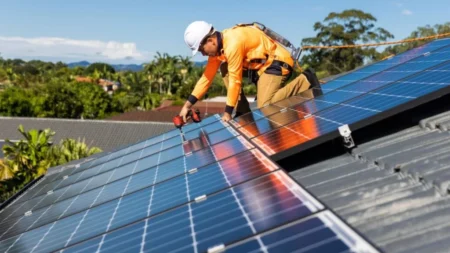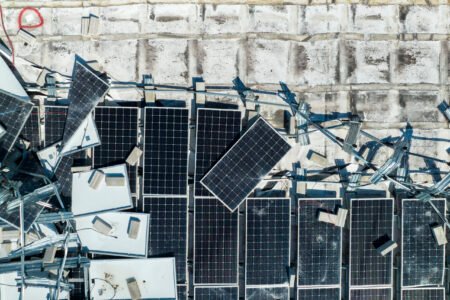Solar in India has been growing mainly on the “ground’. Almost 100% of the more than 1.7 GW of cumulative solar installations in the country are ground mounted utility scale system and the contribution of rooftop solar PV systems is negligible. In contrast, almost 85% of the total PV systems in Germany were rooftop systems in 2010(Source: BSW).
While the share of solar rooftops is likely to remain small in the near future, things look promising in the long run. The draft guidelines of the second phase of the JNNSM sets a target of 1000 MW of rooftop projects both at off-grid and grid connected levels during the period 2013-2017.
The newly operational Solar Energy Corporation of India (SECI) has already allotted 5.5 MW in 4 cities in the Phase I of the rooftop programme in April 2013. SECI has also invited bidders to take part in the allocation process for 11.1 MW in 6 cities.
The interest in solar PV rooftop is not restricted to the MNRE/SECI alone. In fact, it was Gujarat which was the pioneer of grid-connected rooftop PV system in 2010-11, almost 2 years before SECI started its rooftop programme. Gujarat allocated 5 MW of rooftop system to two companies – Sun Edison and Azure Power- based on competitive bidding and has announced that it plans to allot an additional 25 MW in 5 cities.
Another state that took active interest in rooftop PV systems is Kerala. Since barren land is not readily available in the state, rooftop solar systems are ideal for Kerala. The state announced the 10,000 rooftop programme similar to the 1000 rooftop programme introduced in Germany in the early 90s. The unique aspect of the programme is that the policy support is completely for off-grid PV systems, whereas all other programmes in the country have opted for a grid-tied system.
The other state to have gone for a rooftop programme is Karnataka. The state of Tamil Nadu has announced a rooftop installation of 350 MW by 2015. The state of Andhra Pradesh has also announced its intention of promoting rooftop solar systems through a net-metering mechanism.
However, there are challenges to the growth of the rooftop PV market. Upfront capital cost is one of the major roadblocks towards the adoption of Solar PV. While the Ministry of New and Renewable Energy (MNRE) provides capital subsidies of 30% for small PV systems, concerns about timely subsidy disbursal is another challenge. India also does not have a robust Feed-in-Tariff mechanism for solar rooftop systems and there are several challenges related to net-metering.
Outlook
While there are some major issues that need to be addressed to create strong rooftop PV segment in India, the opportunities are also immense. The huge power deficit coupled with the falling cost of solar systems will propel the growth of solar PV rooftop segment in India in the near future.
State |
Solar specific Rooftop Program |
|---|---|
|
Solar Energy Corporation of India |
5.5 MW allotted in Phase I 11.1 MW to be allotted in Phase II |
| Gujarat |
5 MW under construction, 25 MW proposed |
| Karnataka |
Commissioned: 8 MW 1.3 MW announced |
| Tamil Nadu | 350 MW by 2015, target under the state solar policy |
| Kerala |
10,000 rooftop program |










